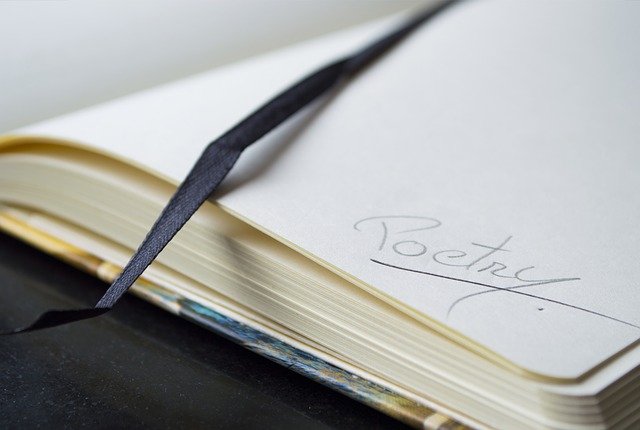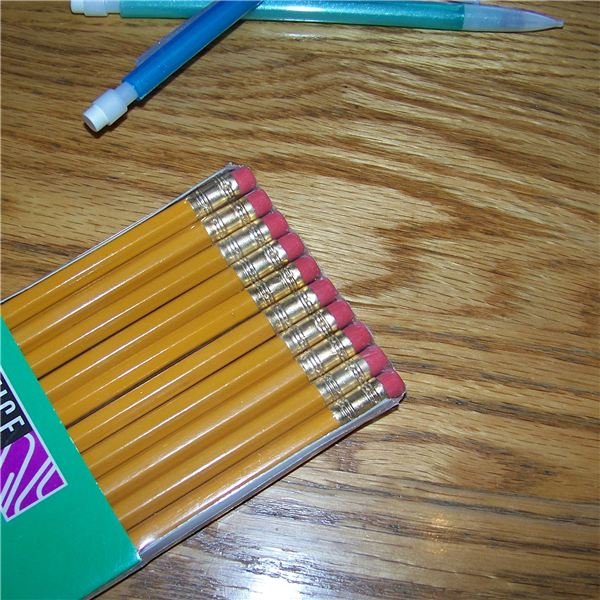Examples of 12 Types of Poetry for Kids to Read & Write
Types of Poetry for Kids to Read and Write
There are literally hundreds of examples of different types of poetry for kids that you can try to write. This article showcases twelve popular types that students can choose to write in my classroom. You can select one poem from the list to write for your poetry assignment. The poetry types are organized in alphabetical order. Many have links for additional information and examples. ABC Poems The ABC or alphabet poems have the first line of each line of the poem based on a section of the alphabet or all 26 letters. Usually, the ABC poems have five lines starting with A and ending with E. Acrostic Poems Acrostic poems spell a word with the first letter of each line of the poem. The length of the lines can vary. The example acrostic poem bellow spells ball. Bouncing up and down All sizes and shapes Lively play and exercise Let loose, toss, and throw
[caption id=“attachment_130143” align=“aligncenter” width=“640”] Writing poetry is a form artistic expression[/caption]
Writing poetry is a form artistic expression[/caption]
Ballads The ballad means “dance songs.” Ballads usually tell a story, using four line quatrain stanza with an ABCB rhyme scheme where lines two and four rhyme. Some ballads have more than one quatrain. Bio Poem The bio poem focuses on a person or character from a story. It can focus on personality traits, physical descriptions, family ties, hobbies, family relations, etc. Cinquain A cinquain is a five-line poem. Line one has one word and is the title. Line two describes the title in two words. Line three uses three words to express action. Line four uses four words to express a feeling. Line five uses one word that restates the title. Concrete Poems A fun type of poetry to write is shape poetry or concrete poems. These types of poems take the shape of the topic of the poem. Poems can come in the shape of Popsicles, umbrellas, baseballs, light bulbs, etc. Great examples of concrete poems are in the poetry book A Poke in the I: A Collection of Concrete Poems by Paul B. Janezko. Elegy An elegy is a sad, solemn poem written when someone dies, to lament for the person who died. A traditional elegy has three basic parts: an expression of grief, praise for the recently deceased, and then comfort and support. A few famous elegies are, “O Captain! My Captain!” by, Walt Whitman, “In Memory of W. B. Yeats” by W. H. Auden, and “Elegy Written in a Country Church Yard” by, Thomas Gray. Free Verse Poem A free verse poem means that it does not follow any rigid rules of rhyme, pattern or meter. However, a great free verse poem will have some type of rhythm. It will also use poetic devices, such as metaphors, similes, personification, onomatopoeia, etc. “Song of Myself”, “I Dream’d in a Dream”, and “I Hear America Singing” by Walt Whitman are two famous examples of this type of poetry. A more contemporary poem with the middle school audience in mind is “Sunday Night Meltdown” by Kristine O’Connell George. Haiku The haiku is a three line poem that has 5 syllables in line one, 7 syllables in line two and, 3 syllables in line three. The lines do not rhyme. Classic haiku poetry focuses on nature. Limerick A limerick poem is a five-line humorous poem that has a set number of syllables and a rhyme scheme. There are 10 syllables in lines one, two and five. These three lines also rhyme and have the same rhythm. In lines three and four, there are 5 to 7 syllables that have the same rhythm and rhyme. The rhyme pattern is AABBA. Edward Lear started the tradition of the humorous and sometimes vulgar limerick. The Complete Nonsense of Edward Lear by Edward Lear and edited by Jackson Holbrook includes the popular poems “Jumblies” and “The Owl and the Pussy Cat” Lyric Poetry The lyric poem is musical in verse and shows emotion. The modern ones are not usually sung, but they do use alliteration, onomatopoeia, rhythm, rhyme, just like modern lyrics. Narrative Poems Narrative poems tell a story in stanzas not in paragraphs. In ancient times, stories were passed down the generations through this type of poetry or through oral tradition. This list is just a small sampling of examples of different types of poetry for kids that you can write for you next poem assignment. However, these are poetry types that my students choose the most in my classroom. Image by cromaconceptovisual from Pixabay
